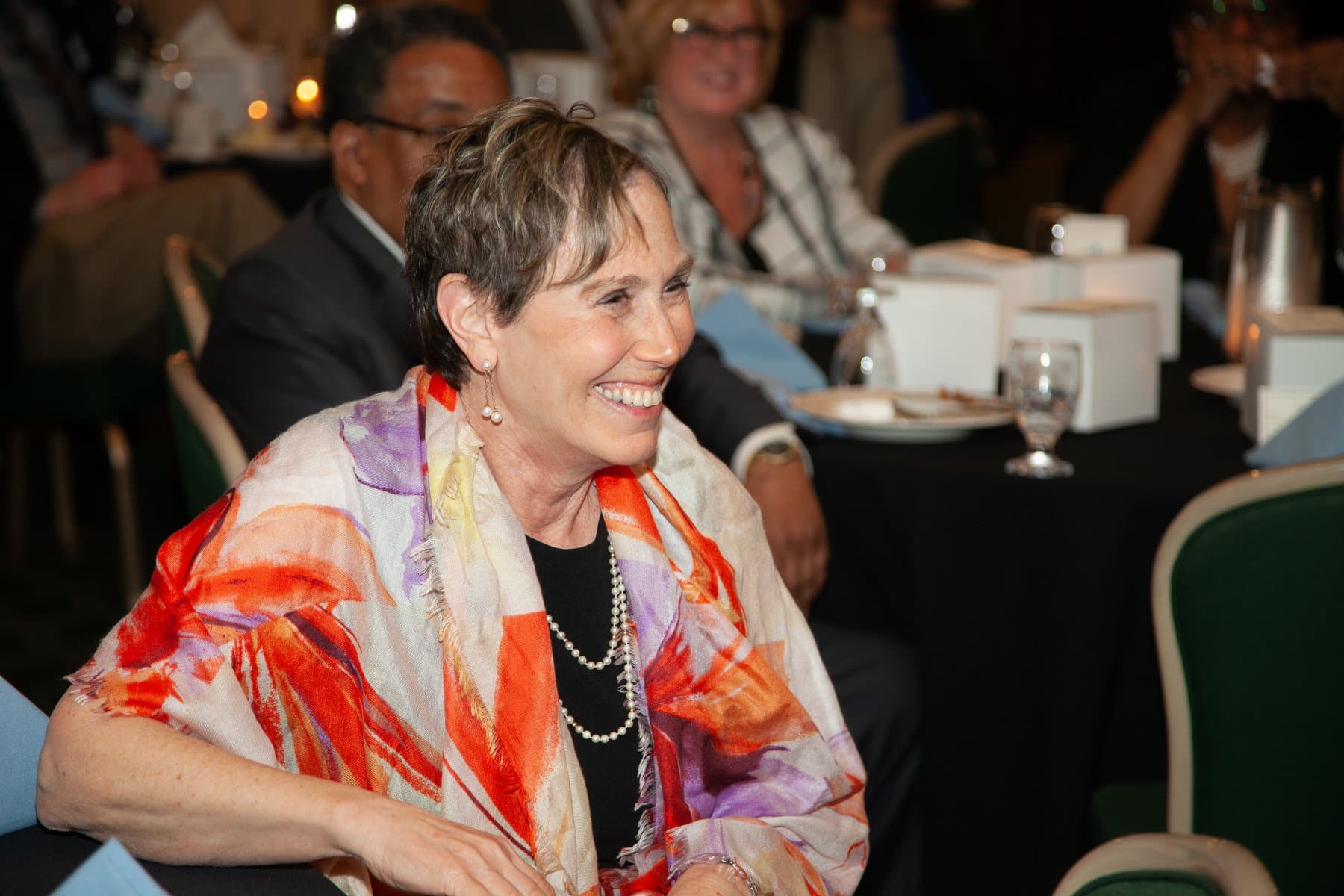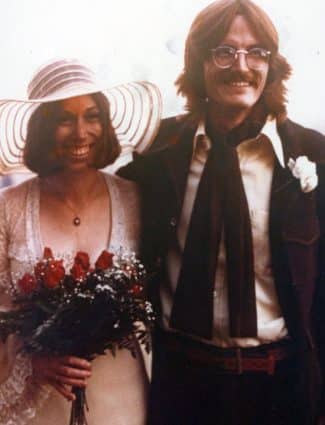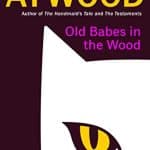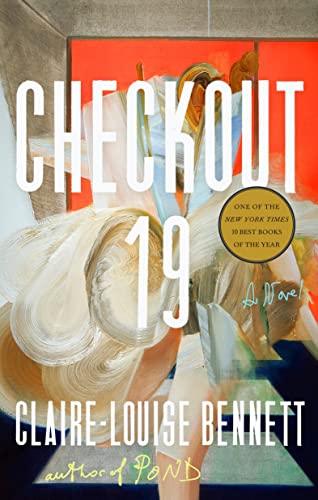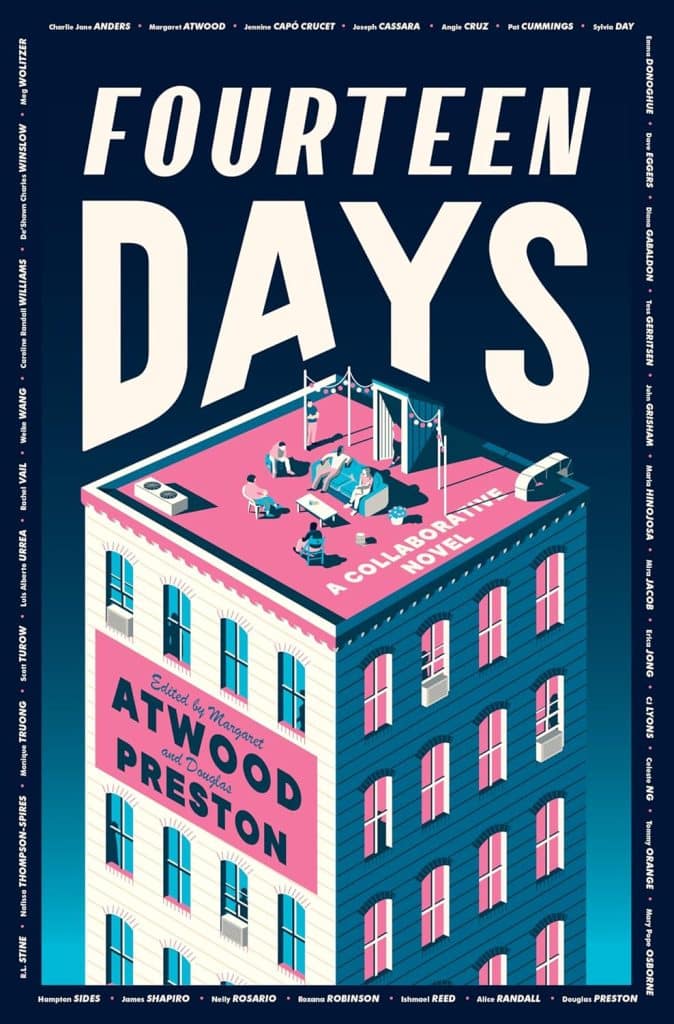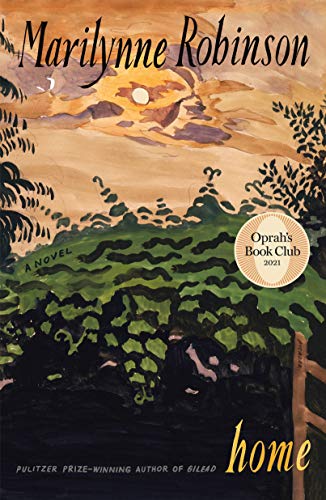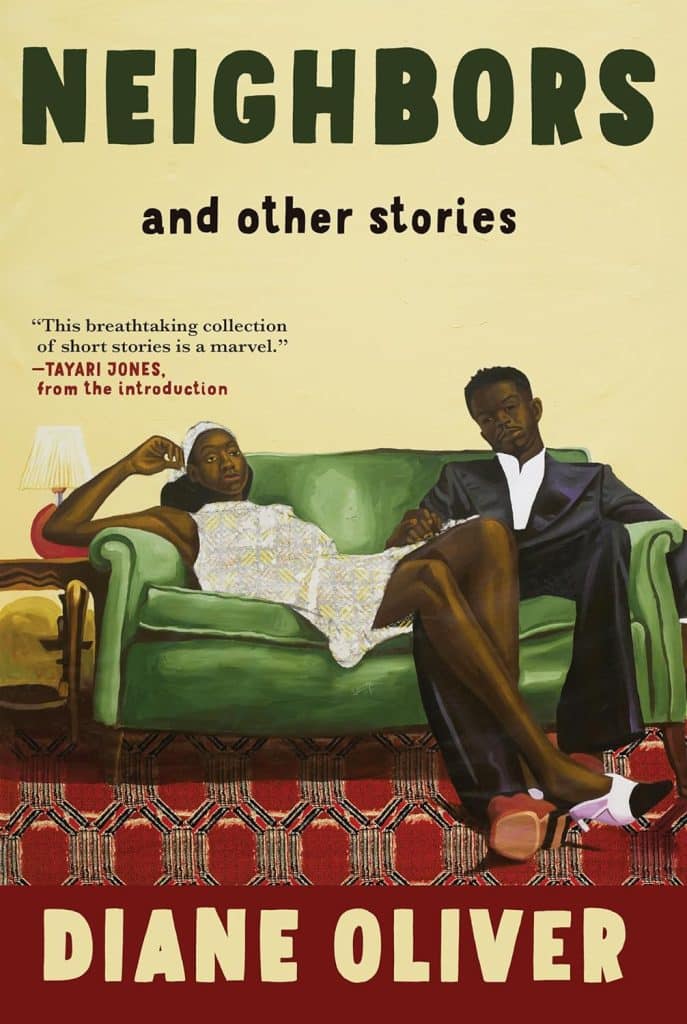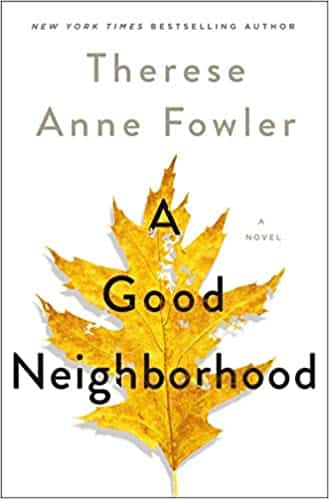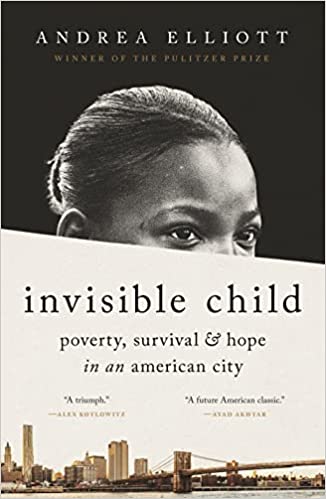
I Live Alone, But I Am OK
Jan is Still With Me Now and Forever!
Estimated reading time: 1 minute, 27 secondsMany have asked why I haven’t started dating again since my Jan passed away 760 days ago. I’ve been improving my physical and mental health, expanding my social circle, and rebuilding my self-esteem. Being single and involved in my communities brings me contentment.
Grieving is a personal journey that teaches us about ourselves and how to handle loneliness. After Jan’s passing, I realized I had tied my identity to our relationship. Despite my grief, I began to recognize my values and goals. I’m committed to personal growth without relying on quick solutions.
After a previous breakup, I spent a similar amount of time alone. At first, I believed I needed to reunite with my ex to be happy again. However, when we met, my former partner had moved on while I had learned to enjoy living alone.
Rather than searching for a new partner, I learned to embrace and cherish solitude. Accepting this lifestyle made my time with Jan even more precious. Although she’s no longer with me, our love and memories will always be special.
I derive solace from living independently while being part of interdependent communities. If this is how I live out my days, I am OK.
The Jan Lilien Education Fund sponsors ongoing sustainability and environmental awareness programs. Gifts made this month; I will match dollar-for-dollar. All donations are tax-deductible.
I receive a commission when you buy a book or product using a link on this page. Thank you for supporting Sharing Jan’s Love blog.
